Different Ways of Being Ukrainian: Ukrainian Folklore Studies at the University of Alberta. Interview with Andriy Nahachewsky
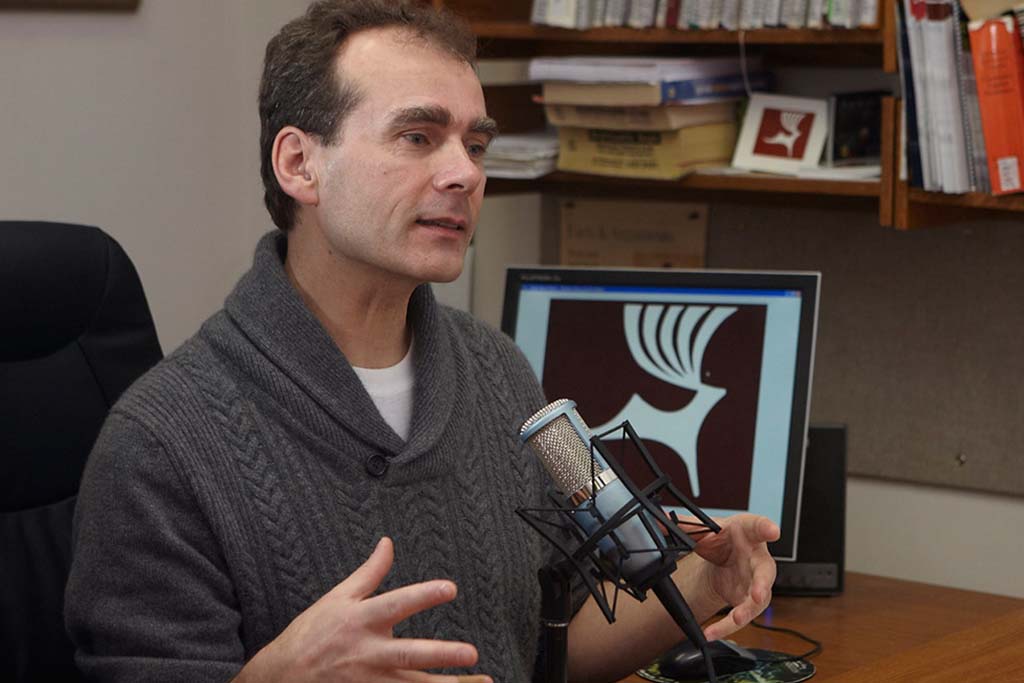
ANDRIY NAHACHEWSKY is a Professor and Huculak Chair in Ukrainian Culture and Ethnography at the University of Alberta. He has served as the Director of the Peter and Doris Centre for Ukrainian and Canadian Folklore from its founding in 2001 until 2016. He holds a B.A. in Ukrainian Studies (University of Saskatchewan, 1979), a B.F.A. in Dance (York University, 1985), M.A. and Ph.D. in Ukrainian Folklore (University of Alberta, 1985 and 1991, supervised by Bohdan Medwidsky). He has an extensive background in Ukrainian dance, as a performer, instructor, choreographer, workshop leader, critic, adjudicator, and authour. He has taught a wide variety of courses at the university level in many aspects of Ukrainian and Ukrainian Canadian traditional culture. His research interests and publications deal with Ukrainian dance, Ukrainian Canadian identity, material culture, ethnic representation, and dance theory. He has conducted fieldwork in Canada, the U.S.A., Brazil, Ukraine, Serbia, Croatia, Bosnia-Herzegovina, the Czech Republic, Slovakia, Romania, Poland, and other countries.
You have been teaching Ukrainian Folklore classes for so many years, for decades. How did you become interested in academic studies in Ukrainian Folklore?
My family in Saskatoon was very active in all kinds of Ukrainian activities, Ukrainian choir, Ukrainian dancing, Plast, the church, and in others. I liked dancing very much. When I was 15, I became the artistic director of Yevshan, a Ukrainian dance group. I created choreography at a senior level, and we toured internationally. This was a huge formative experience for me. I was very engaged. I understood that Ukrainian dance choreography is exploring our roots and bringing them out in the present. I felt a great vacuum of relevant information. Knowledge about the past and traditions and Ukrainian culture became increasingly valuable to me. After a BA in Ukrainian studies, I entered a post-degree in dance studies, and then came an opportunity to go to Ukraine, in 1980. It became very clear to me that this is what I have to do. But while I was eager for cultural content, most of my classmates in Ukraine were more interested in perfecting their spins and jumps. I gradually learned that Ukraine wasn’t the only place I could learn about Ukrainian traditions – I could do that in Canada as well.
That was 1980, in Soviet Ukraine. How did you manage to go to Soviet Ukraine?
For quite a long time after World War II, there was an organization Tovarystvo Ukraina in Ukraine which sponsored people from various capitalist countries to come to Ukraine to study. Around 1979 they opened up their programming beyond the pro-Soviet organizations, and started sponsoring what I’d call regular Ukrainian Canadian kids. They opened it up just as I was coming of age. We stayed in Kyiv for one year.
And what were your impressions? Was this your first time in Soviet Ukraine?
It was actually my third time. I had gone for a dance workshop together with Tovarystvo Ukraina before that, and a summer program at the Chernivtsi University in 1978. Ukraine was a big surprise in many ways. Whereas many of the other students at the dance workshop, for example, needed help, and thus only understood what for them, I knew Ukrainian and could get partially beyond the filtered tourist view of things. It was certainly very different than the Ukrainian community that I was used to. My people came from Western Ukraine, the majority of Ukrainians in Saskatoon had been Canadians for several generations. We had a very different set of cultural values, a very different way of being Ukrainian, and a very different way of looking at history and traditions. Good thing I was there to learn.
Did you study dance at that time?
In 1980 – yes. There were five people that came from Canada that year, and all of us came to study dance. Four of them attended the “Studio,” preparing dancers for the Virsky ensemble, and learned parts of Virsky’s famous repertoire. I went in a different direction; I went to the Korniichuk Institute of Culture, where they were preparing professional dance teachers, rather than performers themselves. I was assigned to the actual dancing classes with the first-year students when they were in the dance hall, and with the second-year students when they had practical sessions, and with the third and fourth-year students as well. So, I danced all day long most days. I wasn’t scheduled into the theory classes, but could listen to occasional lectures. I attended everything I possibly could. The three Canadian boys joked when we got back home that we were “vaccuum cleaners,” trying to soak everything up.
You mentioned that your first trip to Ukraine was in the 1970s. That was also the time of a revival of Ukrainian culture in Canada. Could you tell something about Ukrainian Canadians in the 1970s?
Yes, I guess I would have never gone to Ukraine if it wasn’t a big part of my life in Canada in the first place. Various cultural movements were taking place in North America in different generations. We now talk about generation X and the Millennials, and things like that. Young people in the 1960s and ‘70s experienced a huge roots revival, so African Americans, like the Black Panthers in the United States, were saying, “Hey, we are different, and we are okay, we want our rights.” Somewhat similar things were happening in Quebec with a big movement to be proud of being Francophone, to demand better status. At about the same time hippy and flower power people wanted more tolerance and celebrated diversity. Ethnic communities came to feel empowered as well, celebrating: “I’m happy that I’m Irish” or “I’m happy that I’m Scottish,” or “I’m happy that I’m Ukrainian.” I was born a bit late for that hippy generation, but the ethnic revival that continued into the 1970s and ‘80s was very powerful and certainly affected the community in Saskatoon. My generation felt very Canadian and also very Ukrainian – this was not a conflict for us. It was and continues to be powerful. In my parents’ generation, many people changed their Ukrainian names to make them sound English. In my generation, some people changed their English names to make them more Ukrainian, because it was cool, it was the thing to do. I changed from Andrew to Andriy.
You have taught a Ukrainian dance class at the University of Alberta. How do you think about dance from the past and today, how is dance meaning connected with different environments and contexts, and how does it change?
Yes, I’ve taught a class here, at the University of Alberta, for 25 years or more, with an anthropological perspective on Ukrainian dance. We look not just at the forms of the dances, but also at the motivations for dancing in the first place. It is very clear to me that over the last hundred and fifty years, let’s say, there are many-many reasons for dancing, and profoundly diverse dancing because of these different motivations. In this class, we look at dancing in traditional villages in Ukraine, and then how dance changes when it gets performed specifically as a symbol of ethnicity, and how it adapts to that new function. It’s fantastic, it’s complicated. I am convinced that this perspective is very rich, and it helps us understand many things related to ethnicity and identity, far beyond dance. My doctoral dissertation focused on the kolomyika as a dance, and how the kolomyika in my great-grandparents’ context was one thing, and kolomyika in Vasyl Avramenko’s time in 1920s on stage was another phenomenon, quite different. The spectacular stage kolomyika is changed again, as is the contemporary zabava kolomyika tradition. So, kolomyiky are so many different things, even though they all share the same name.
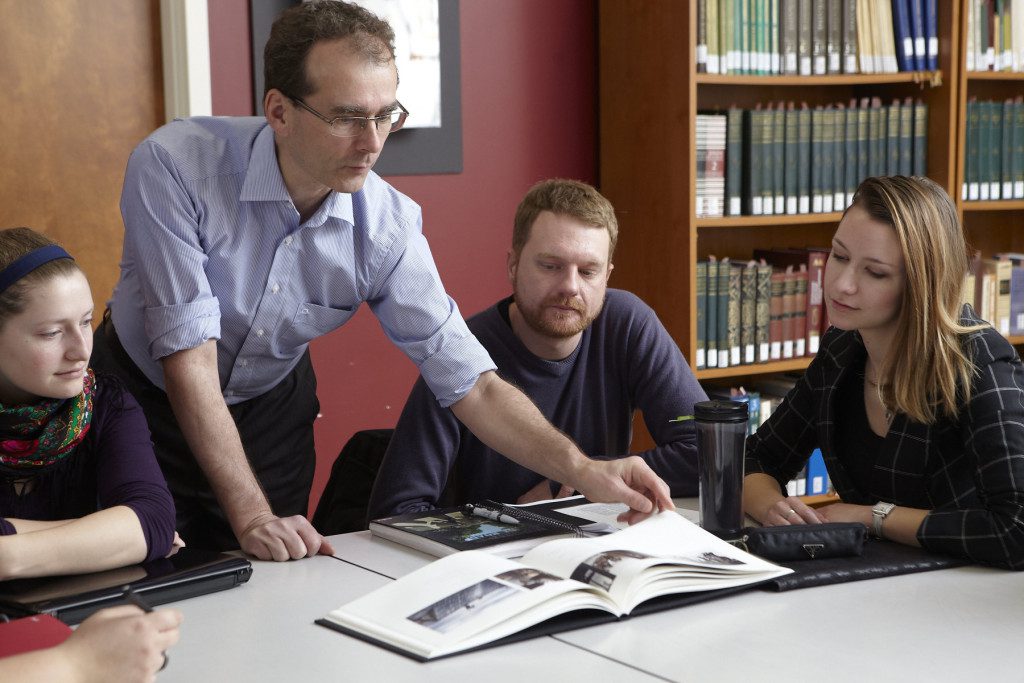
You have mentioned several different places now. How would you compare Ukrainian diaspora communities around the world, differences between Canada and Europe, and Brazil, and maybe others?
I’ve been quite lucky to go to different places and look at Ukrainian life in each. I’ve done such fieldwork in eight or nine different countries now. I think Canada and Brazil are really nice to compare with Ukraine because there is a very large population in each, with shared roots, but they are very different in character. I did some research in Yugoslavia, and a little bit in the post-Yugoslavian states. It makes a big difference whether the diaspora community migrated in large numbers or if they came as isolated individuals, and whether they settled together, or were dispersed in the new land. Its also very significant if they immigrated to become agriculturalists in the destination country, as many did in Canada, Brazil, Argentina, and Yugoslavia, or if they came mostly to the urban areas, which is more characteristic of the United States, Australia, and some European countries. Diaspora communities with farming roots end up being grounded in a different way, more profoundly rooted, I think. Other factors are also important, like the economy, the influence of the churches, how the communities are organized. The traditional churches have had very influential roles in promoting or demoting particular traditions, and also more generally in supporting national and ethnic identity. The Church ended up differently influential in Canada and in Brazil. I think we are just at the beginning of comparative Ukrainian diaspora culture studies. This is such a fertile field for understanding the interactions among tradition and modernity, continuity and change, the import of the local environment, individual and community initiatives, transnational influences, nationalist and ethnographic perspectives, and much more.
What are the features of Ukrainian ethnic identity specifically in Canada?
There are many different elements. One big factor is that many Ukrainian people came to Canada over a hundred years ago, and now their families are in their third, fourth, fifth generation here. 2016 marks the 125th anniversary of settlement. They moved into large block settlements where many of their neighbours were also Ukrainian, which incubated old-country traditions even on a passive level. That passive continuity is much more important than most people think. Ukrainians became an extroverted ethnic community quite early, and we developed quite a large political engagement in Canada. We also had a leadership who were interested in politics in Ukraine. Ukrainian nationalist organizations dominated in Canada, but our socialist voices were also significant in some settings. The character of the Ukrainian Canadian community is also affected by the fact that it is dispersed and diverse in many fairly isolated regional pockets across this enormous land. Ukrainian Canadian culture is like a layer cake, with four or five distinct revival movements in different periods, each with their own style and character and repertoire of symbols. The peasant baseline was overlaid by a strong nationally conscious community building effort in the interwar period. This layer was in turn somewhat eclipsed by the great energy of the post-WW2 immigrants, then again with the ethnic revival of the 70s that I mentioned earlier. And now the 4th and 5th waves of Ukrainian immigrants to Canada are proposing yet another repertoire of symbols and aesthetics and organizational style. There is a large population of Ukrainian Canadians that are very comfortable as Canadians but also very interested in being Ukrainians for all of the good things that this does for them. It grounds them in an intimate community, connects them internationally, provides opportunity for artistic expression, and provides all kinds of social and sometimes economic advantages. The Canadian Ukrainian community is very middle class, a big popular ethnic group, not the largest numerically, but one of the most visible and influential ethnic groups in Canada.
Does the expression of the identity change over the time, like from 1970s until today?
Yes, very much. Perhaps, one of the biggest differences between the 1970s and today is our contact with Ukraine. We were in the Cold War in the ‘60s and in ‘70s, so the Ukrainian community in Canada was living largely in isolation from Ukraine, with a few important connections back and forth. But then in the ‘80s the Iron Curtain broke down and the Soviet Union was falling apart. We witnessed a huge increase in travelling back and forth that changed Ukrainian culture in Canada profoundly. I think it changed Ukrainian culture somewhat in Ukraine as well, but it certainly changed Ukrainian Canadian culture. In Ukrainian dance, you can see big differences very clearly, and also in many other forms of cultural expression. And now, in the last ten or fifteen years, a new generation is rising, with their own aesthetics values, and priorities. They seem to have different interest in ethnicity, and it is changing again. Each generation changes very strongly. We can study these changes for a long time, and for which we have great resources at the Kule Folklore Centre.
Speaking about the academic studies, what are the differences in folklore studies in Ukrainian universities and here, in North America?
Hmm, folklore studies… There are several ways to define folklore studies. I think, the character of the field is quite different in Canada and in the United States, as compared to Eastern Europe, including Ukraine. In Ukraine, folklore studies grew in association with romantic nationalism, and the national consciousness movement, especially in the 19th century, with an almost exclusive focus on peasant traditions. So, in Ukraine, folklore is very much defined by the study of village life and demonstrating ancient origins for Ukrainian culture. Soviet folklore studies expanded a bit beyond peasants to include urban working class culture, but in other ways, they remained quite conservative and classical for most of the 20th century. That’s not the only foundation for folklore studies but that’s the dominant one in Ukraine, I would say, still until today.
In North America, folklore studies were also connected with nation building but American nation building, less of a nation-state and more of a multicultural, or maybe melting pot, perspective. In North America, as in England, they shifted sooner away from archaic peasant culture and into exploring industrial and post-industrial content. Emphasis was and is much less on ancient origins, but on the functioning of unofficial elements in culture: tradition, transmission, variation, expressive strategies, cultural interactions. North American folk groups may well be based on ethnic or national minorities, but are just as likely to be other societal subgroups, urban as well as rural: occupational categories, gender, age groups, belief groups, communities united by geography or particular experiences, special interests. I like the term vernacular culture for what American folklorists are interested in. Quite fundamentally different questions are being asked. So, the disciplines have the same name but they are really quite different. They overlap, of course.
How do you see the strengths and weaknesses for both sides?
I think it depends on what are you trying to do. The Kule Folklore Centre and the Ukrainian folklore program here at the University of Alberta are in a beautiful situation because we can benefit from both sides: the huge tradition of folklore studies in Ukraine with its hundreds of thousands of songs recorded, folktales and texts, as well as North American styles and approaches about folklife in the contemporary world. We can operate “bi-culturally,” as a hybrid between these two different brands of folklore studies. Indeed, we have served as a bridge that helps to communicate the two paradigms to each other. Generally speaking, our approach in the Kule Folklore Centre has leaned towards North American folklore styles in its theoretical stances. Most of our fifty graduate students, for example, have worked using North American perspectives. They are getting a North American university degree, after all. I think that is really good. We do have a large history of very peasant-like experience here in Canada, a lot of older layers of traditions that have been preserved sometimes, adapted sometimes, and fallen away sometimes. But we are also very interested in ethnic revival here: Why do people dance on stages? How have customs changed over generations in the new environments? How does the commercial recording industry influence changing music repertoire? Do people really believe folk legends? What does embroidery mean? What traditional elements exist in the social media? So, we are very interested in what people call “post-folklore” in Ukraine, the uses of traditional unofficial cultural expressions in the new media of the 20th and 21st century.
And now you teach a course on graffiti. Tell us about this course.
My course on graffiti, clearly, fits into that North American conceptualization of folklore – unofficial culture. I like to think about society as consisting of three main spheres of activity; first there is elite, official culture, secondly we have the commercial culture sphere, where things are done to earn money. The third side of the triangle is vernacular culture, folk culture. This includes the non-official and non-commercial parts of what we do in our lives. They are important too. Graffiti is so clearly non-elite, non-commercial culture, so I think it is a perfect example of folklore. Both the peasants of the 19th century and the graffiti writers of the 21st century participate in subcultures with a clear tension against the elites and a clear tension with the commercial world. They experienced and experience the world in that third zone, in that vernacular culture zone. I also use that graffiti class to introduce undergraduate students to research methods, and to increase openness and sensitivity to issues with diverse, even conflicting perspectives. These skills and insights are really important for folklore studies in general, actually for many career choices, and for understanding graffiti in particular. I love that class!
Do you see a Ukrainian component in your class?
No, I haven’t really concentrated on graffiti in Ukraine, although I’m aware and interested, for example, that you have been writing about graffiti on the Maidan. I have a collection of graffiti photos in Ukraine. We don’t really focus on Ukraine because I use ethnographic methods, which means I want my students actually to go into “the field” where graffiti are written. So, we concentrate on Edmonton.
Would you imagine that there might be a Ukrainian Banksy, or some other Ukrainian graffiti writer who could become as popular?
Hah… Banksy is a good example of a person who started as a graffiti writer in the vernacular sphere, though he has left that original “folk” culture and shifted strongly into the commercial world, or even the elite art-world now. He certainly is a genius. He makes a lot of money, and his fame is strongly connected with marketing himself. I don’t think that there is the same kind of art-consumer population in Ukraine that would pay money for that style of things. Maybe some Maidan pieces have become parts of art-exhibits and touring displays, but to develop a Banksy, you need the wealth of the British art-scene, and the American art-scene, and a very sophisticated marketing strategy to get the rich people to ironically consume this kind of expression of anti-establishment social commentary. I don’t think there is a Ukrainian Banksy, but there is a potential, I suppose.
Let’s shift back to the Kule Folklore Centre, which you founded, and which celebrates its 15th anniversary this year. What inspired you to create the Centre?
I think that the Kule Folklore Centre is really an extension of Bohdan Medwidsky’s initiatives from the period before 2001. He founded Ukrainian folklore courses in 1977. By the time I came on the scene as a graduate student in 1982, there were a variety of courses, and there was already a room with artifacts and archival materials. I was finishing my PhD when the Huculak Chair of Ukrainian Culture and Ethnography was endowed in 1990, and the Kuryliw and Archives endowments had been established by then too. So, five or six substantial elements were in place to support Ukrainian folklore studies, but officially they were not connected. In 1990s we thought that it will be good to put a kind of an umbrella over all those pieces, so they would all continue to pull together, and so we could more easily present the big picture to potential donors, students and supporters. Actually, the first person to suggest a Centre was Brian Cherwick.
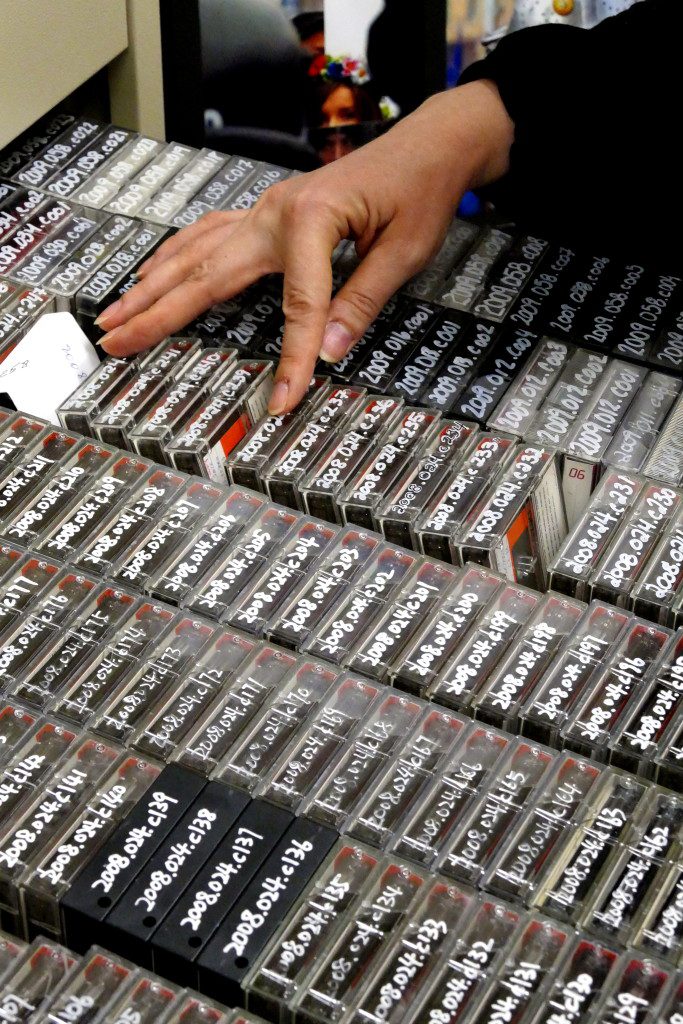
We developed a proposal and it took until 2001 to have the university governing powers recognize the Kule Folklore Centre. Dr. Medwidsky was just retiring, and so it was by default that the holder of the Huculak Chair should become the Director of this new Centre. And then it has grown a lot since that time, fifteen years ago. We’ve expanded from three endowments to eight, with a much stronger financial base thanks to Peter and Doris Kule and many others. We have a second endowed professor, the Kule Chair in Ukrainian Ethnography; half of an endowed professor in French folklore as well, and a very large archives. I think the Medwidsky Archives is perhaps the most important component of the Kule Folklore Centre at this time.
Tell us more about the other hat that you wear, the Huculak Chair.
Yes, the Huculak Chair of Ukrainian Culture and Ethnography was established in 1990. I was at the right place in the right time, and was lucky enough to get that position. This was the first endowed Chair ever in the Faculty of Arts at the University of Alberta. The mandate of the Huculak Chair is exactly to build Ukrainian folklore studies, Ukrainian folklore research, with one course relief specifically for community engagement. And that’s what I’ve been doing for long time now, 26 years. The Chair is endowed in perpetuity, which means that there will be another Huculak Chairholder after me, and another one after that.
It is great! How is the Kule Folklore Centre connected with other institutions?
We are connected with many other units in the University, sometimes organizing joint projects and sometimes just supporting each other. We have friendly relations with the Canadian Institute of Ukrainian Studies, folkwaysAlive, the Canadian Centre for Ethnomusicology, the Wirth Institute for Austrian and Central European Studies, and with others. Methodologically and intellectually, we have a lot of overlap with people in history, anthropology, English and film studies, human ecology, especially with their interest in textiles and museology, and sometimes with drama, music and other fine arts. Of course, the other focus of our connectedness is with community, and I love working in that area. I’m very proud of our good network there. We have participated a lot with UCAMA and the other Ukrainian museums. We obviously collaborate with the Ukrainian Cultural Heritage Village; sharing researchers, interpreters, exhibits, publications, and special events. ACUA, AUDA, the various dance groups, the Vegreville Pysanka Festival, local Ukrainian radio programming, and the list goes on. The Ukrainian community is very active, and I make a lot of presentations in the community. Natalie Kononenko, the Kule Chair, is also very active as a presenter, guest speaker and project organizer in the community. The Kule Folklore Centre is clearly involved in “applied scholarship,” and proud of it.
How do you see the priorities for the development of the Centre today?
I think the Centre is at a very interesting crossroads now. During our first conversation about me stepping down as Director, Dean Lesley Cormack made the comment, “A sign of a really healthy institution is one that thrives beyond its first generation.” Clearly, the new Director will have to set future priorities for the Kule Folklore Centre. Some of the core mandates should be retained – our eight endowments each have clear designations which are set in stone. I believe the jewel in our crown is the Bohdan Medwidsky Ukrainian Folklore Archives. It’s the biggest project we’ve ever undertaken, and we’ve been committed to it from the beginning until today. It is a huge resource with amazing information about Ukrainian Canadian culture, but also about Ukraine, in Brazil, and other places. It is a very powerful set of resources for researchers interested in Ukrainian culture as it adapts over time and space. It also has some resources dealing with other ethnic groups, and with Canadian culture in general. We’ve recently made great progress in making the Medwidsky archives web accessible, and I think this must continue to be a priority. I think it’s the best thing that we have ever done. Other core elements of the Kule Folklore Centre include support for graduate students, research, publications, and community engagement.
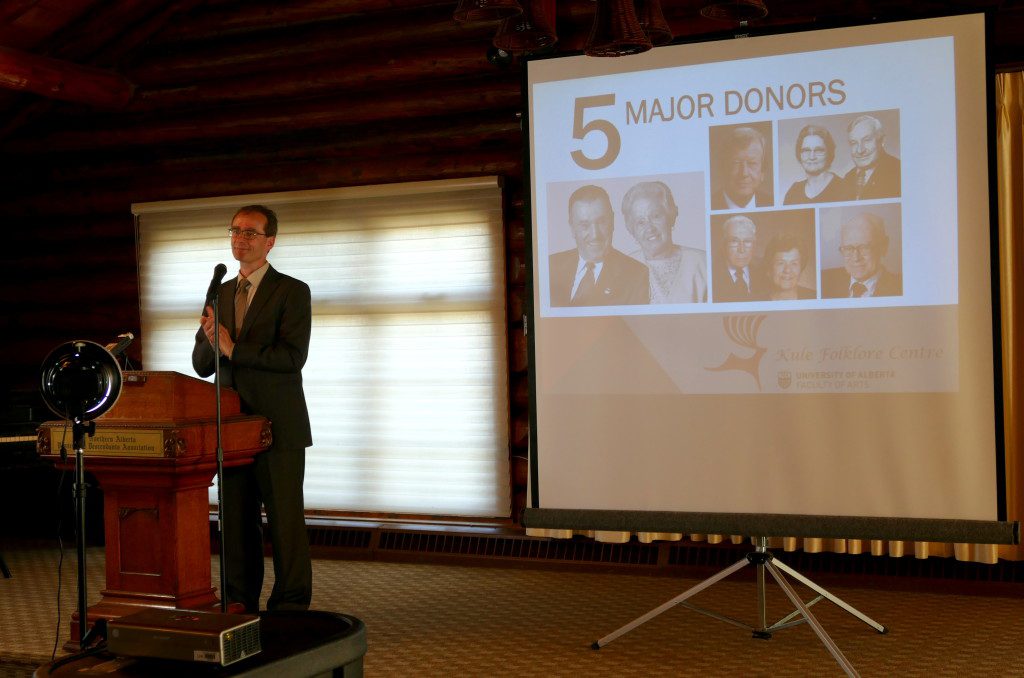
What are the possibilities for graduate students who have completed Ukrainian Folklore specializations?
Yes, that is a very interesting question for you in particular!
Yes!
About a dozen young scholars have finished a PhD in Ukrainian Folklore so far. Four of them have become professors, which is much higher percentage than average in the Faculty of Arts. Mariya Lesiv is in Newfoundland, Sogu Hong is in Soeul, and Natalia Khanenko-Friesen is at the University of Saskatchewan. I think that capacity of our graduate students going specifically to academic careers remains quite real. Many of our graduates have combined folklore studies with other disciplines. A number of them have gone to the Faculty of Education and become teachers. Folklore studies develop very good skills to help a person become a better teacher. Many of our graduates also work in the cultural communities; some of them came into folklore because they were already artists, and they use their folklore studies to become better musicians, or painters, or dancers, or other types of community leaders. One graduate combined folklore studies with nursing, where cultural sensitivity is extremely important. Others have gone into international diplomacy, communication, the media, advertising, museology and archival work. We have a great track record with our graduates using their folklore degree creatively and effectively, and we are very proud of that. I think that potential remains very good.
Thank you! You have been working so many years, what are your own current research interests and plans?
I have dreams for many folklore projects of my own, and I want to start working on a few of them right away.
One of them is to take a look at one particular autobiographer who came to Canada in 1900. He re-wrote his autobiography by hand many times, and I want to track how the same story changes when it is repeated over and over again. From a historical perspective, we might expect the story to become weaker. From a literary and storytelling perspective, we might expect it to get stronger. I’m eager to find out the patterns in this case, since it provides a unique opportunity to understand about the “truth” as well as the “beauty” of the tens of thousands of single-version life narratives in our archives and elsewhere.
I feel a strong obligation to do research that follows up more on the fieldwork that I have done up to now in my career. I owe it to my interviewees. I’ve created substantial fieldwork collections in Ukraine, in Western Canada, and in Brazil. I want to process those materials so they can become more accessible in the Medwidsky Archives and for future researchers. My first of several analytical projects is to compare Ukrainian weddings of people originating in Halychyna and evolving on three continents over the 20th century. Wedding traditions seem stable, passed on from generation to generation, but in fact, they also respond to the cultural context in which they take place. They changed in different ways in Brazil and in Canada, and of course, they have changed in Halychyna as well. I’m really eager to look carefully at that question!
Those are two of six or seven projects that I hope to do.
Thank you a lot!
You are welcome!
Interview was conducted by Nataliya Bezborodova
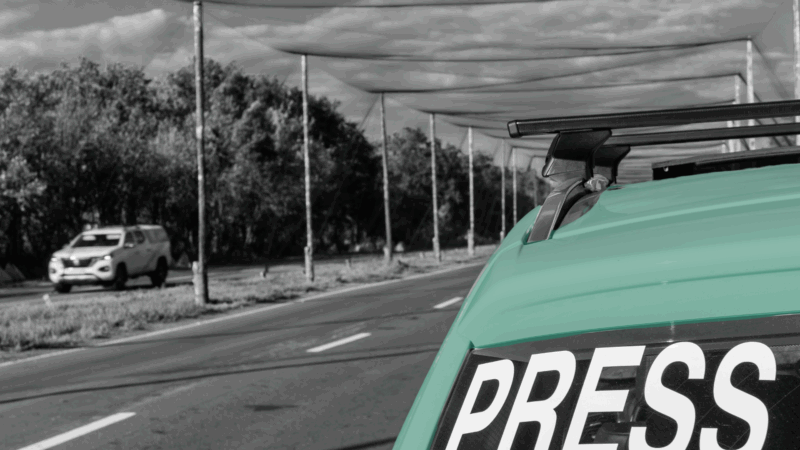
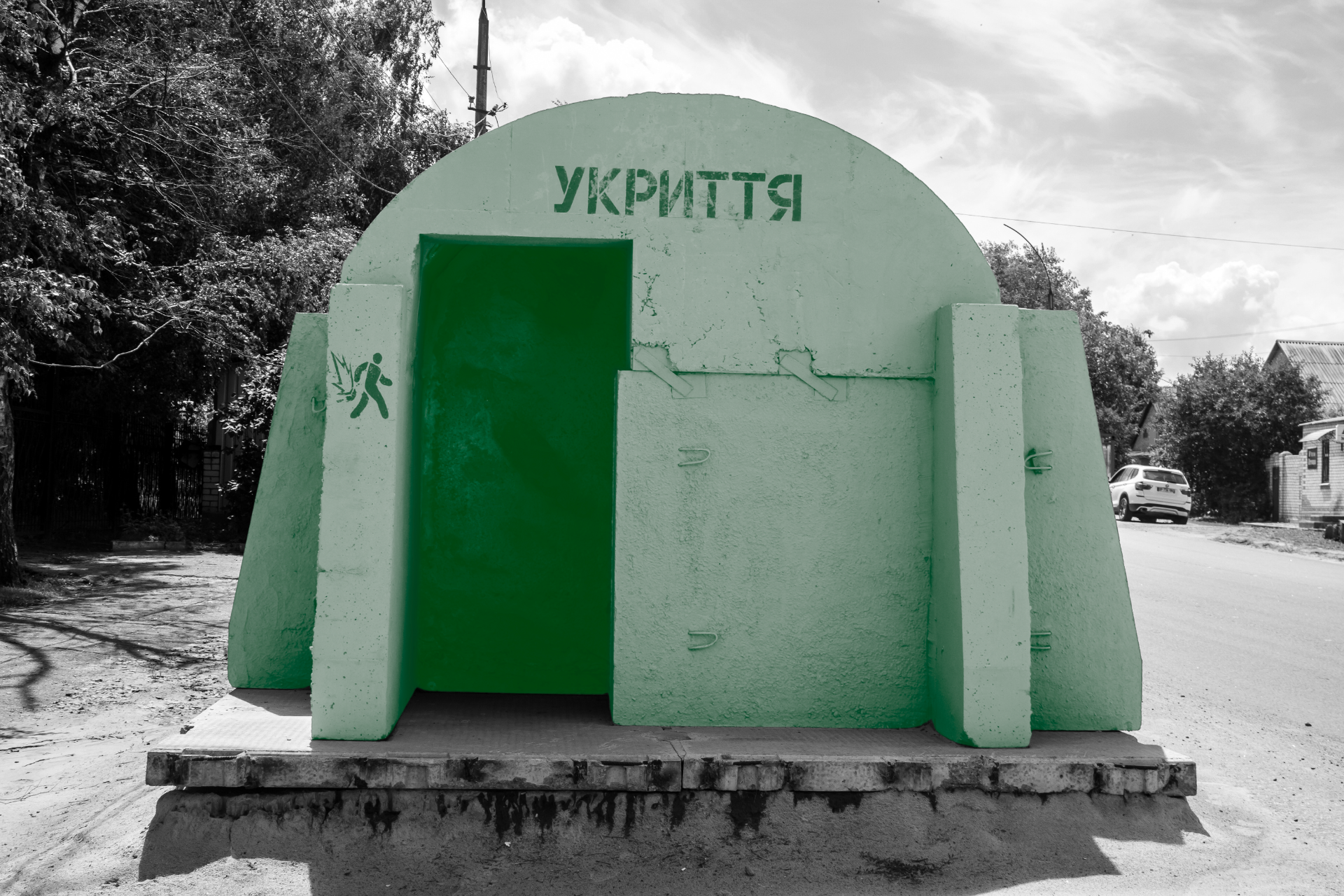
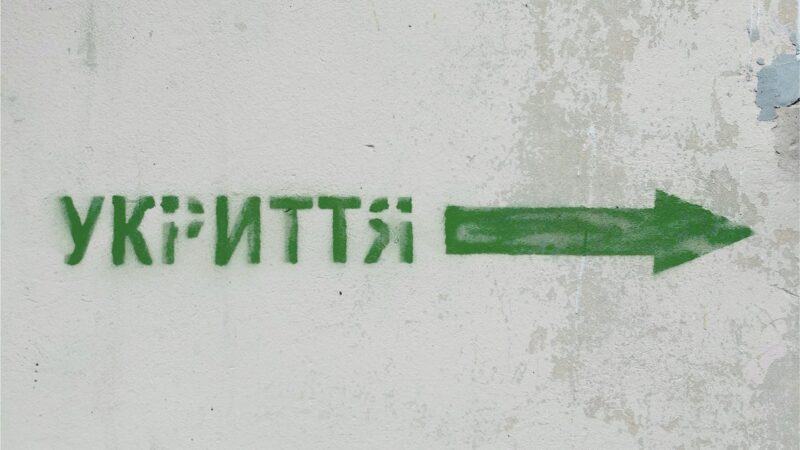
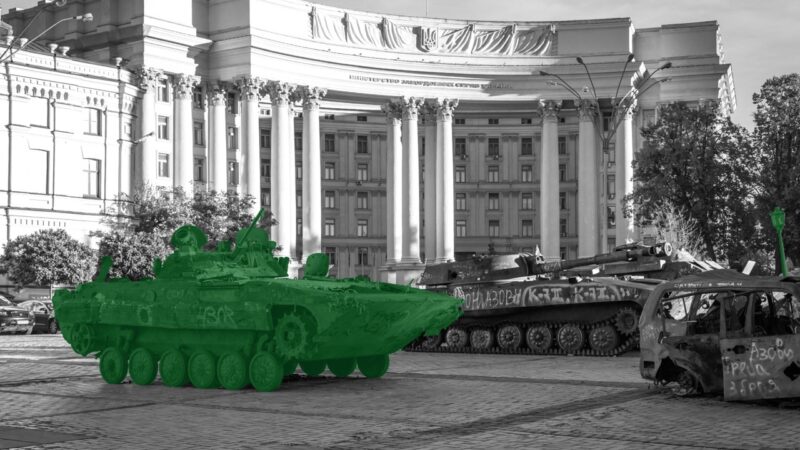
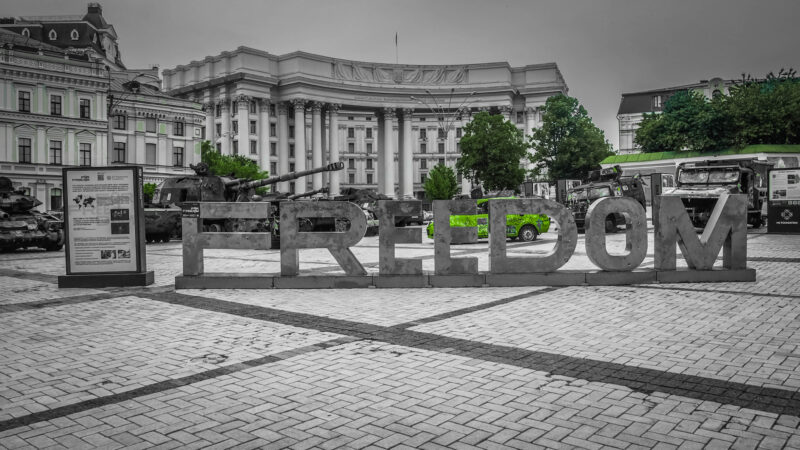

So many truisms about identity and diaspora. Many of the thriving and sustainability of culture comments also apply to Australia.